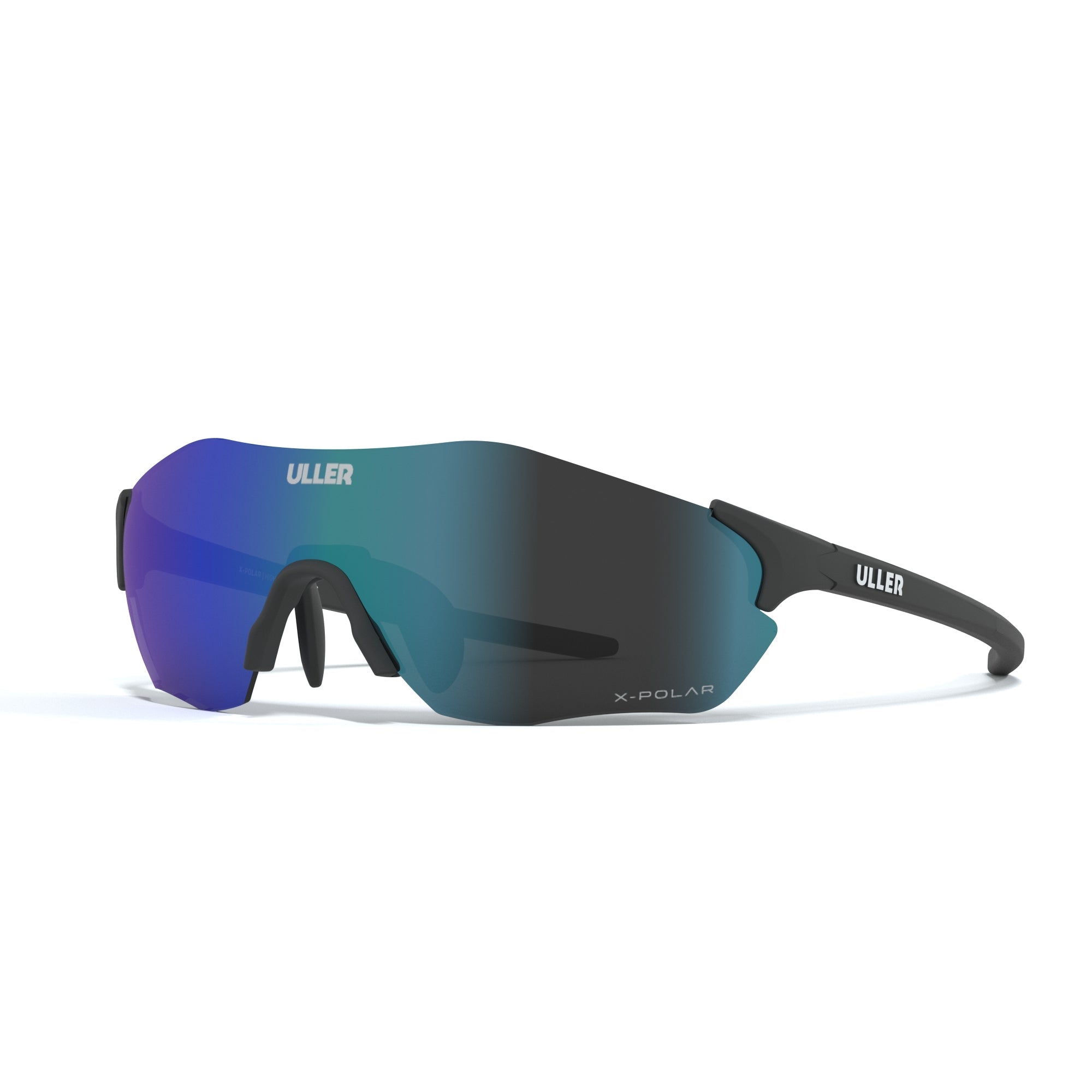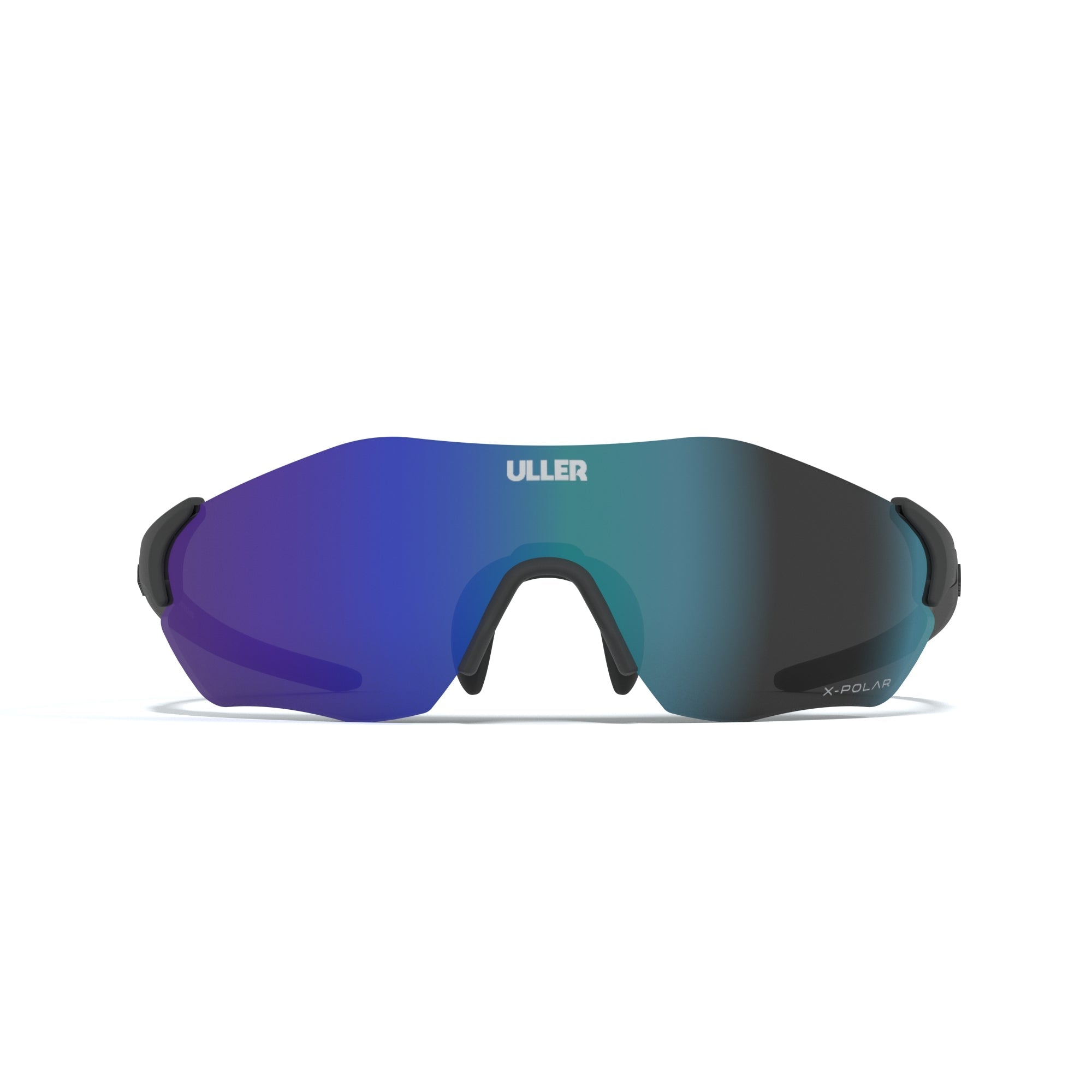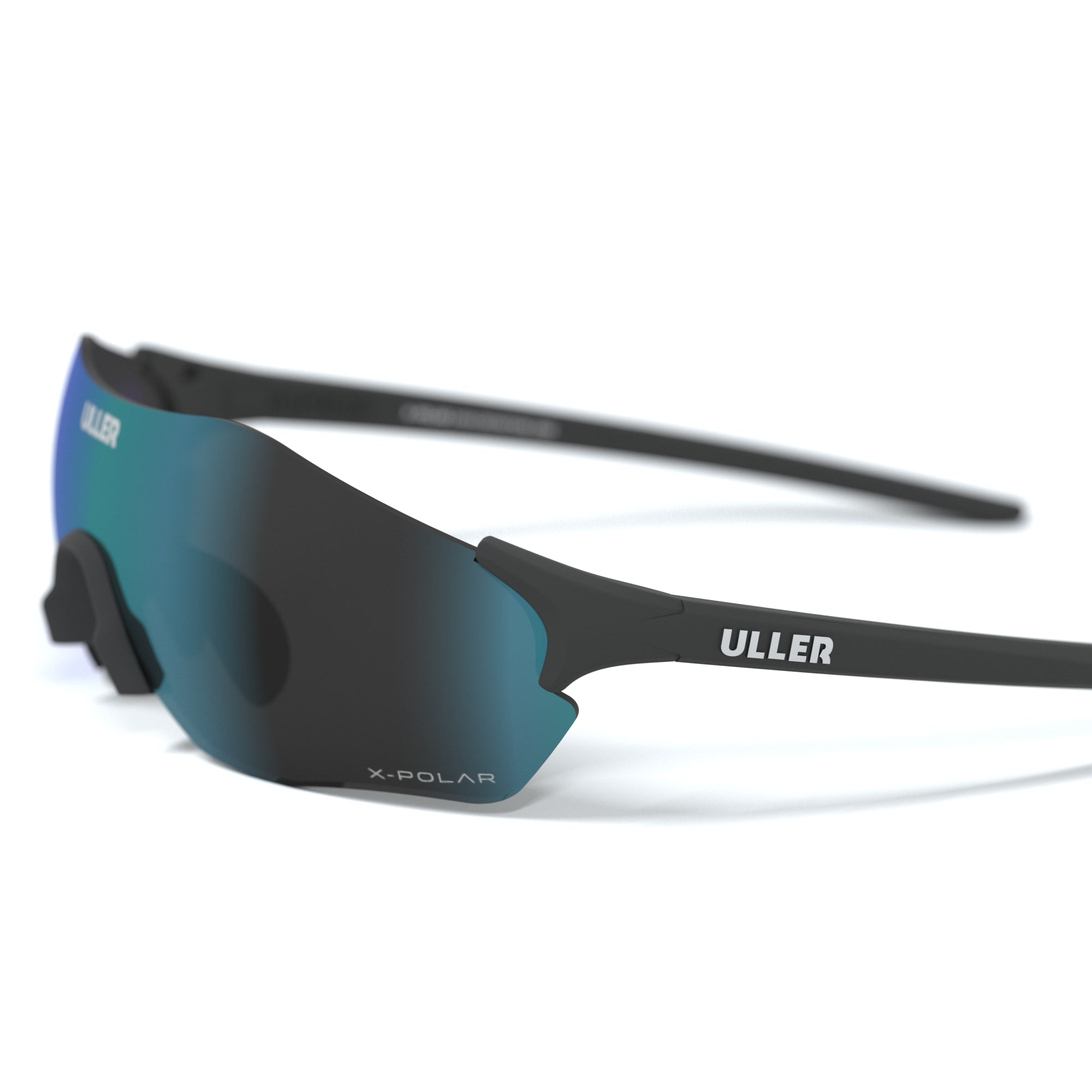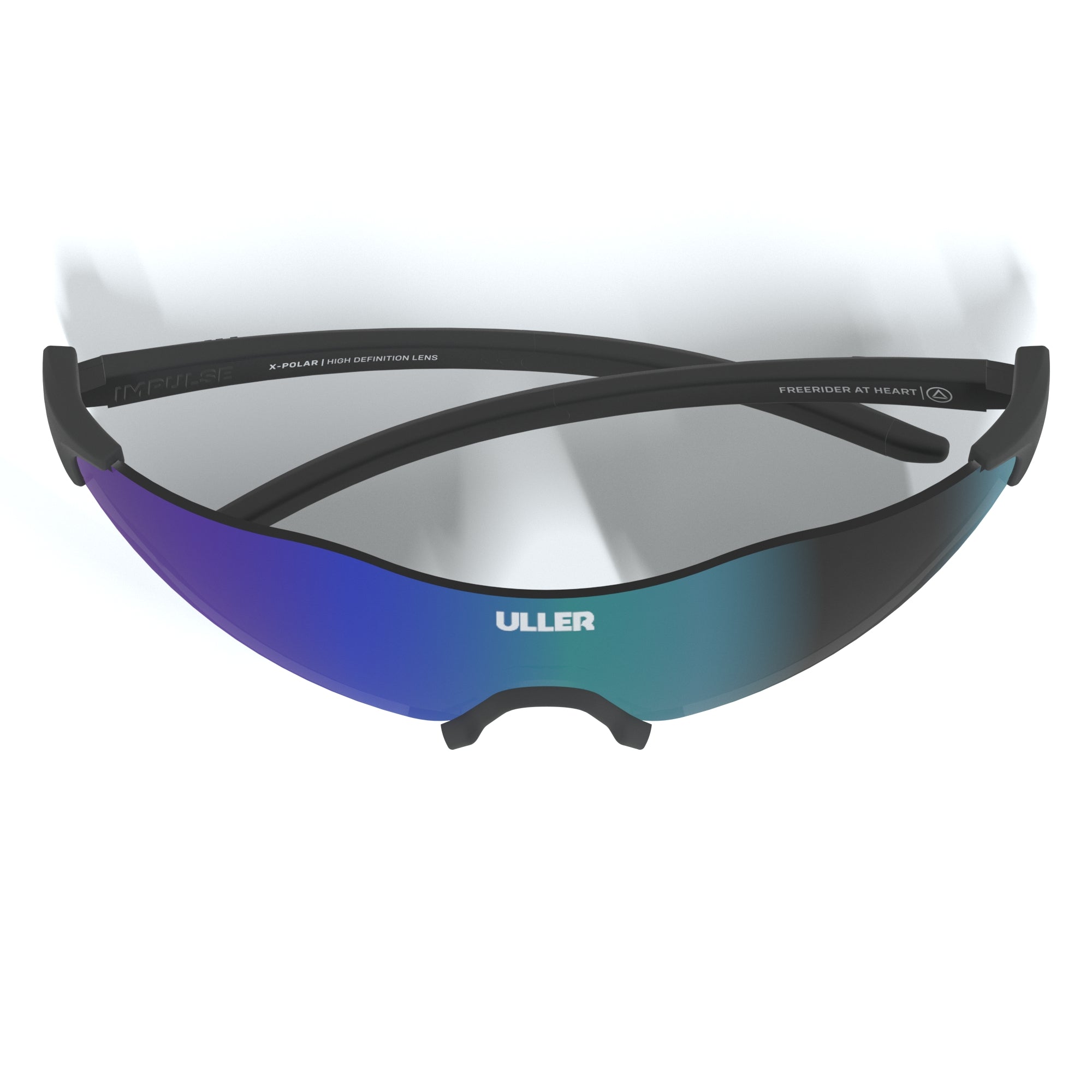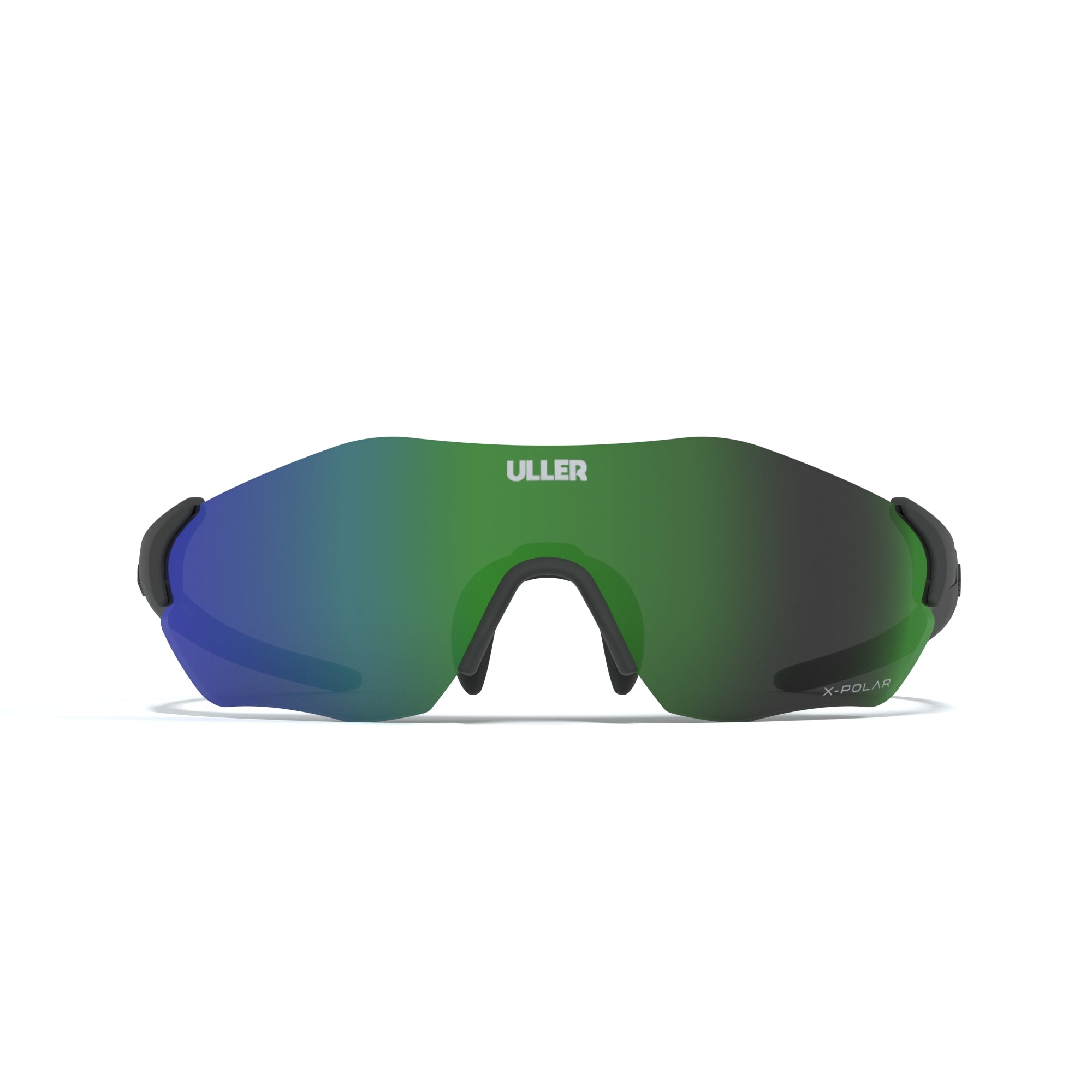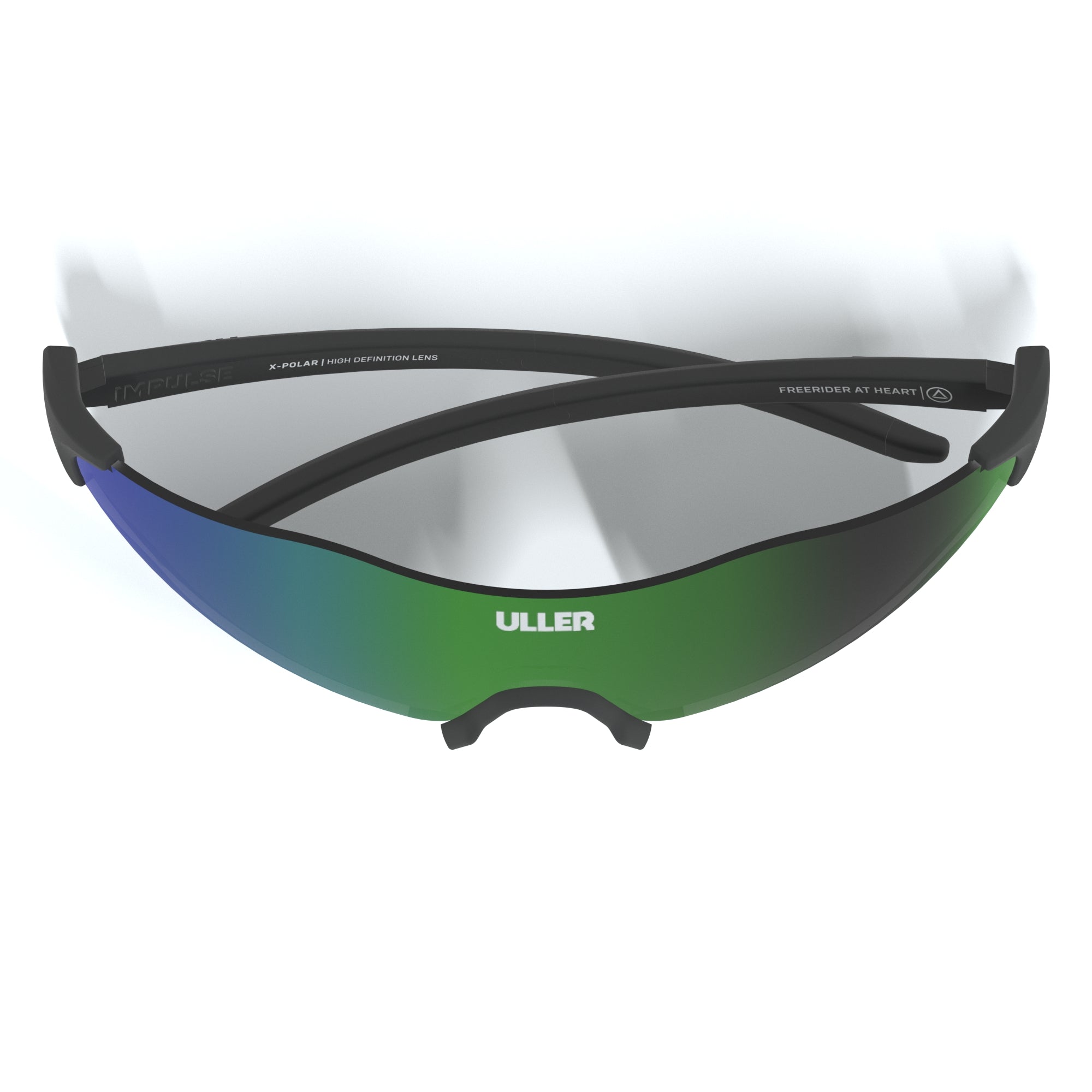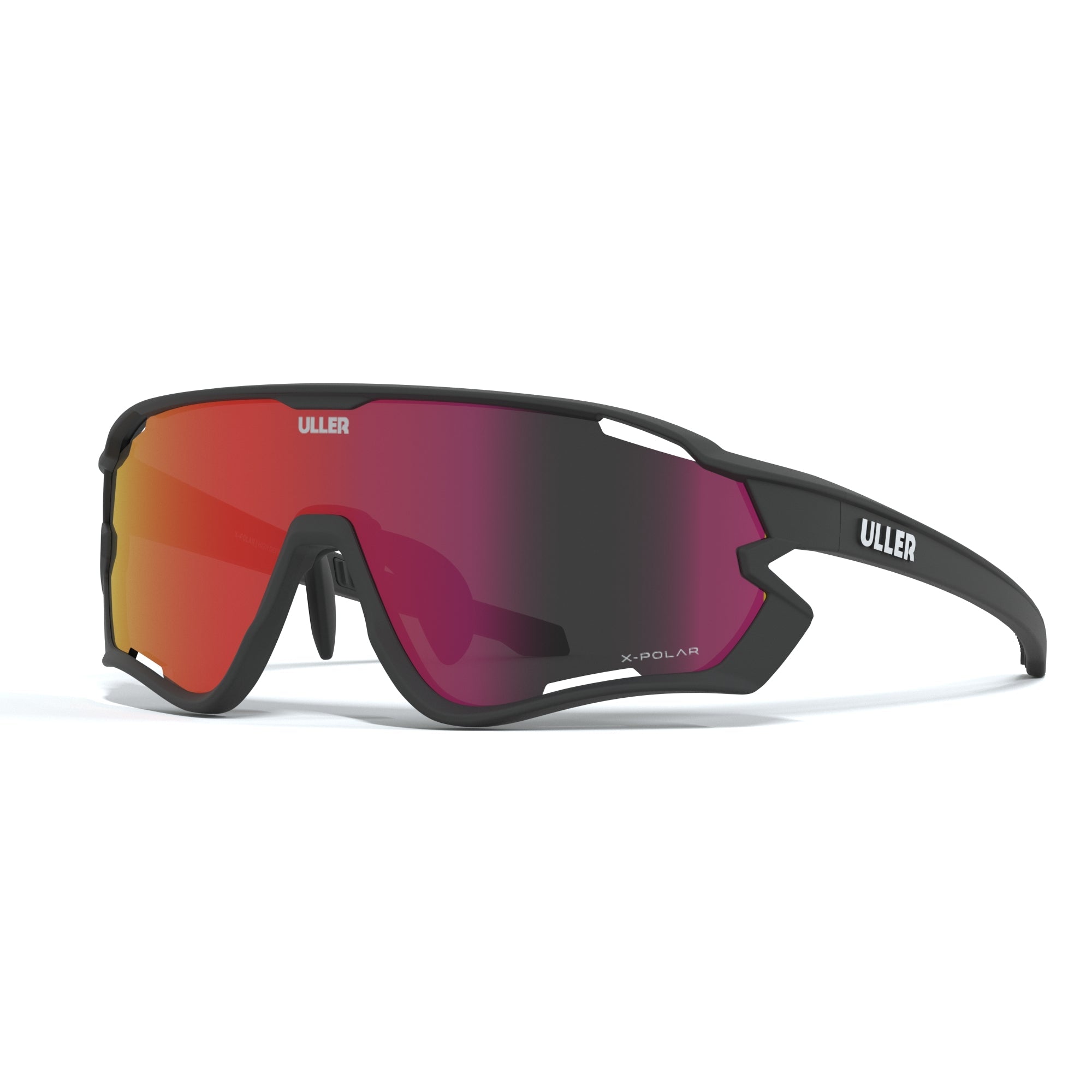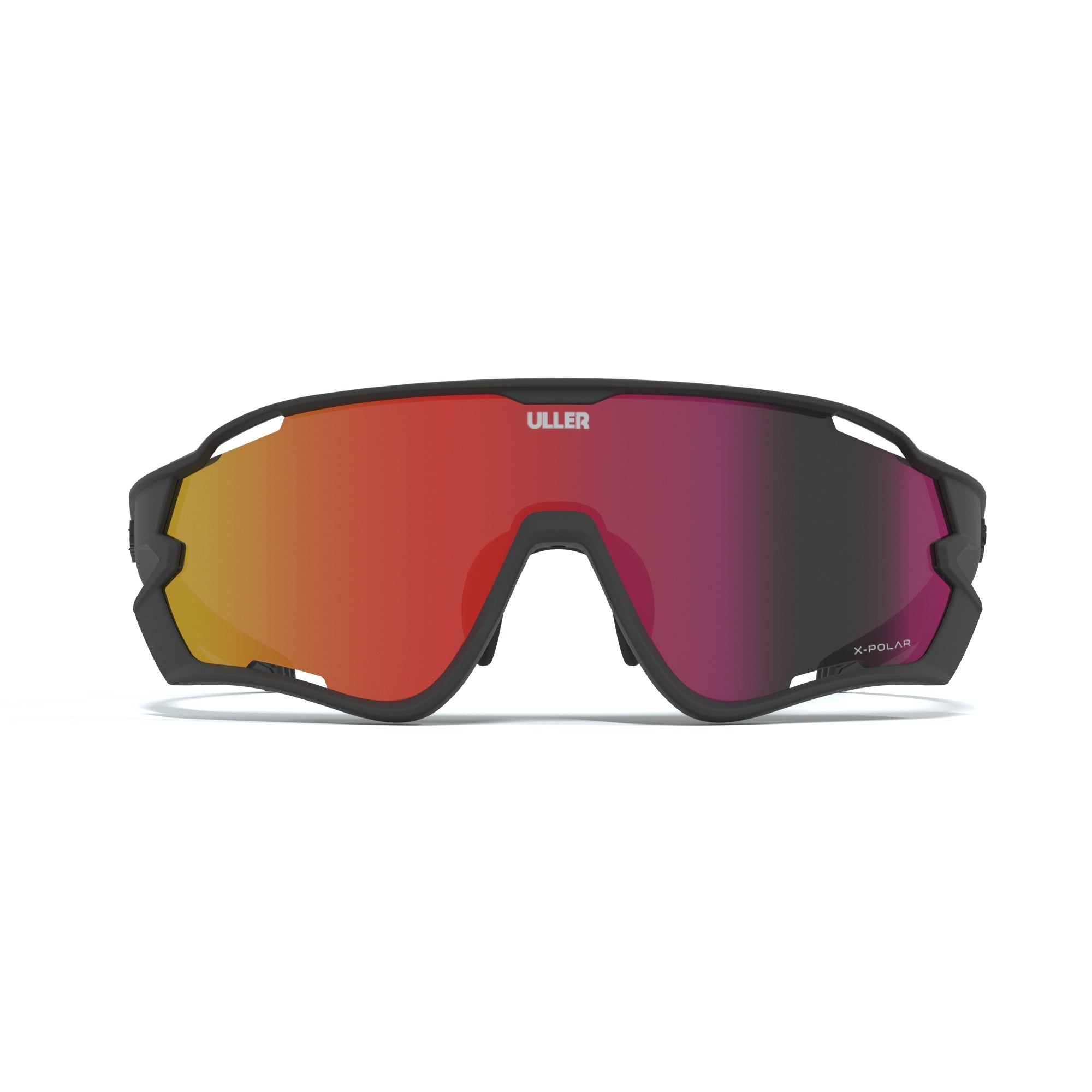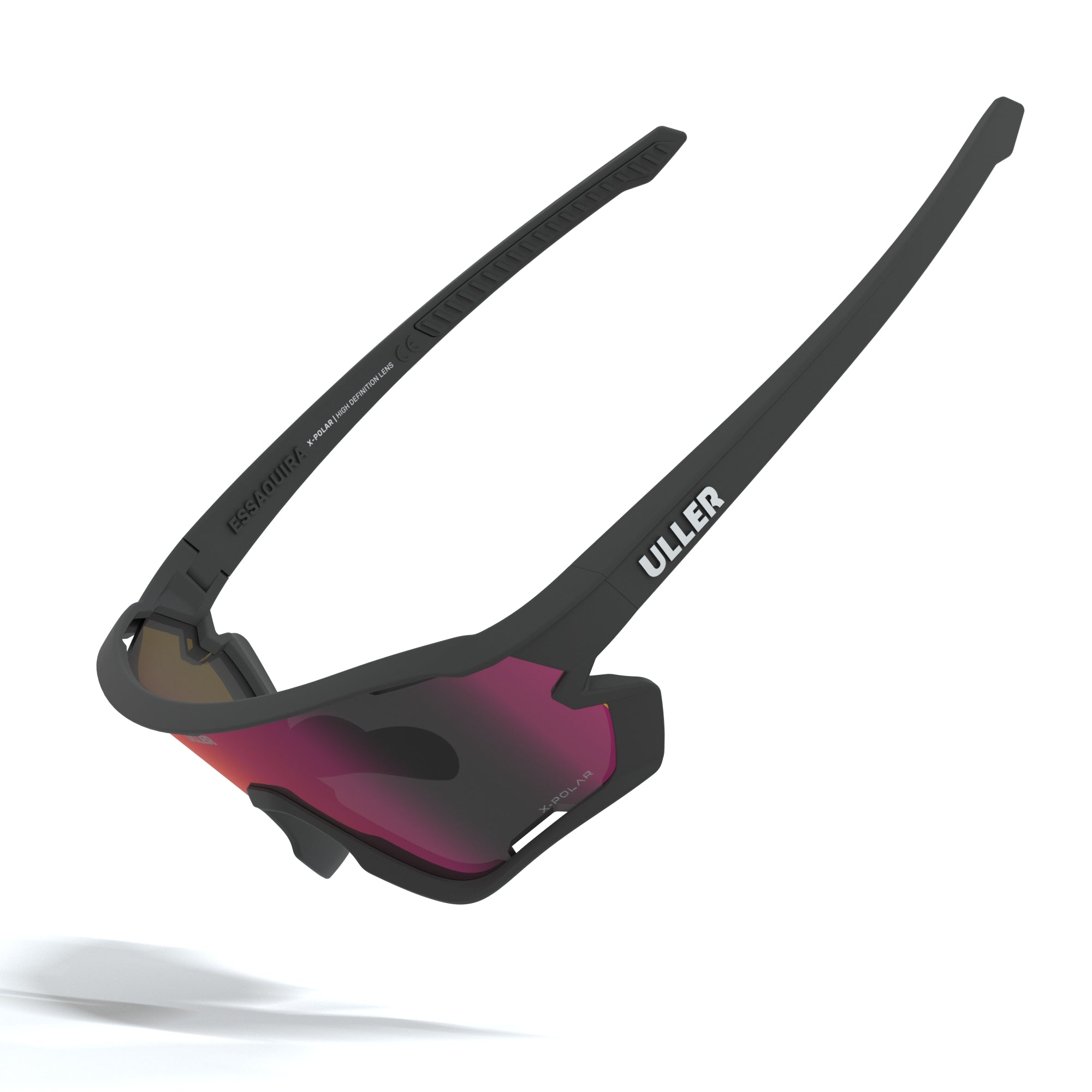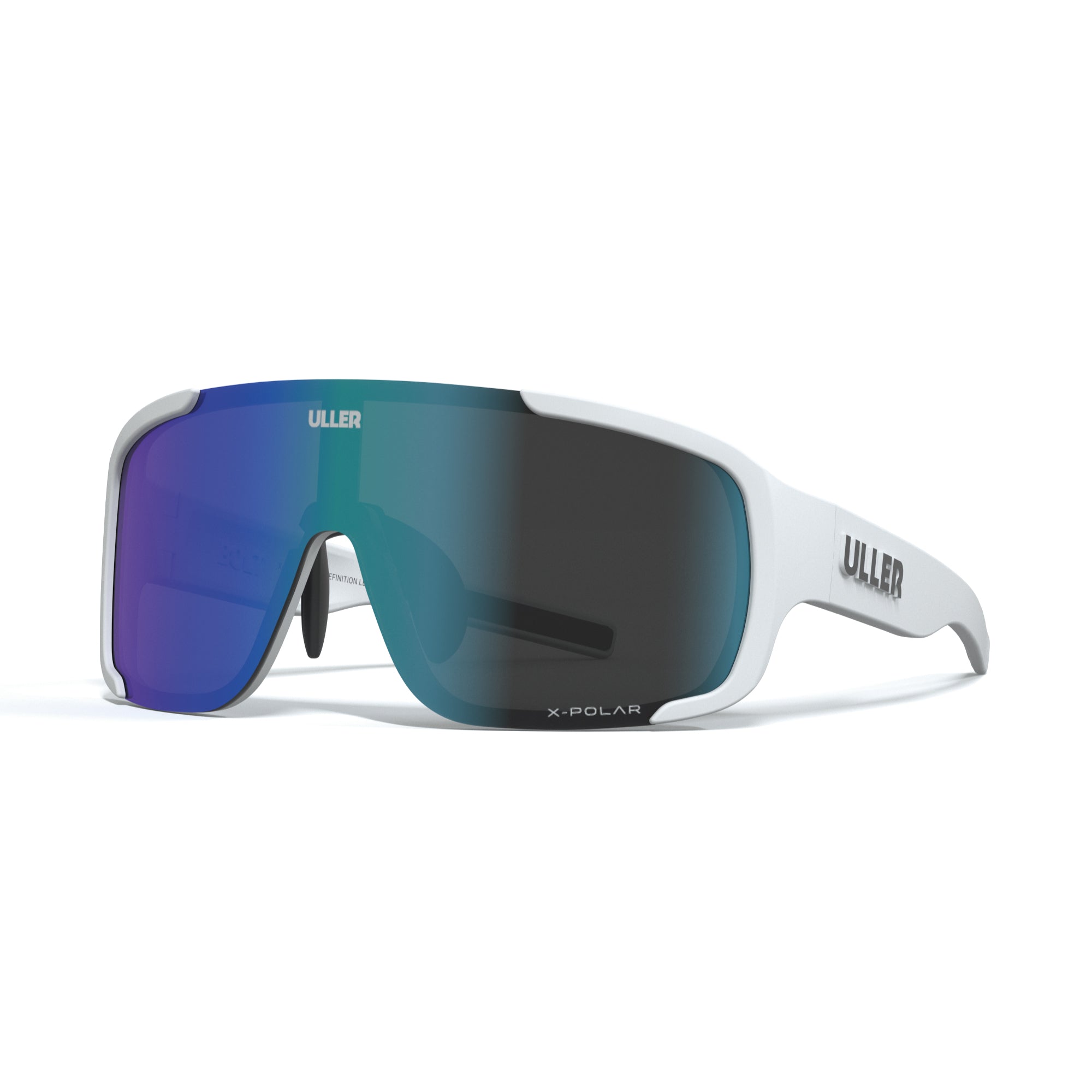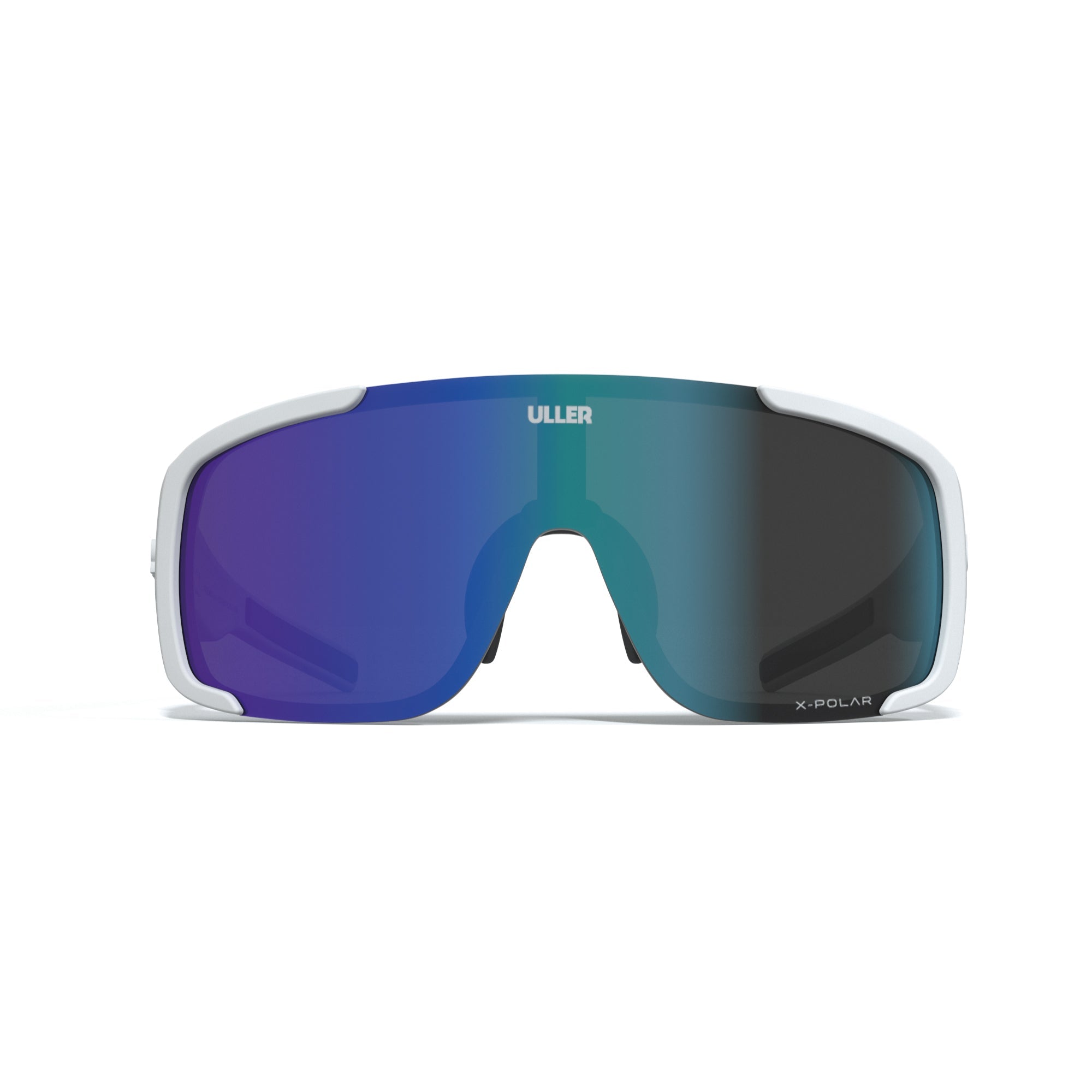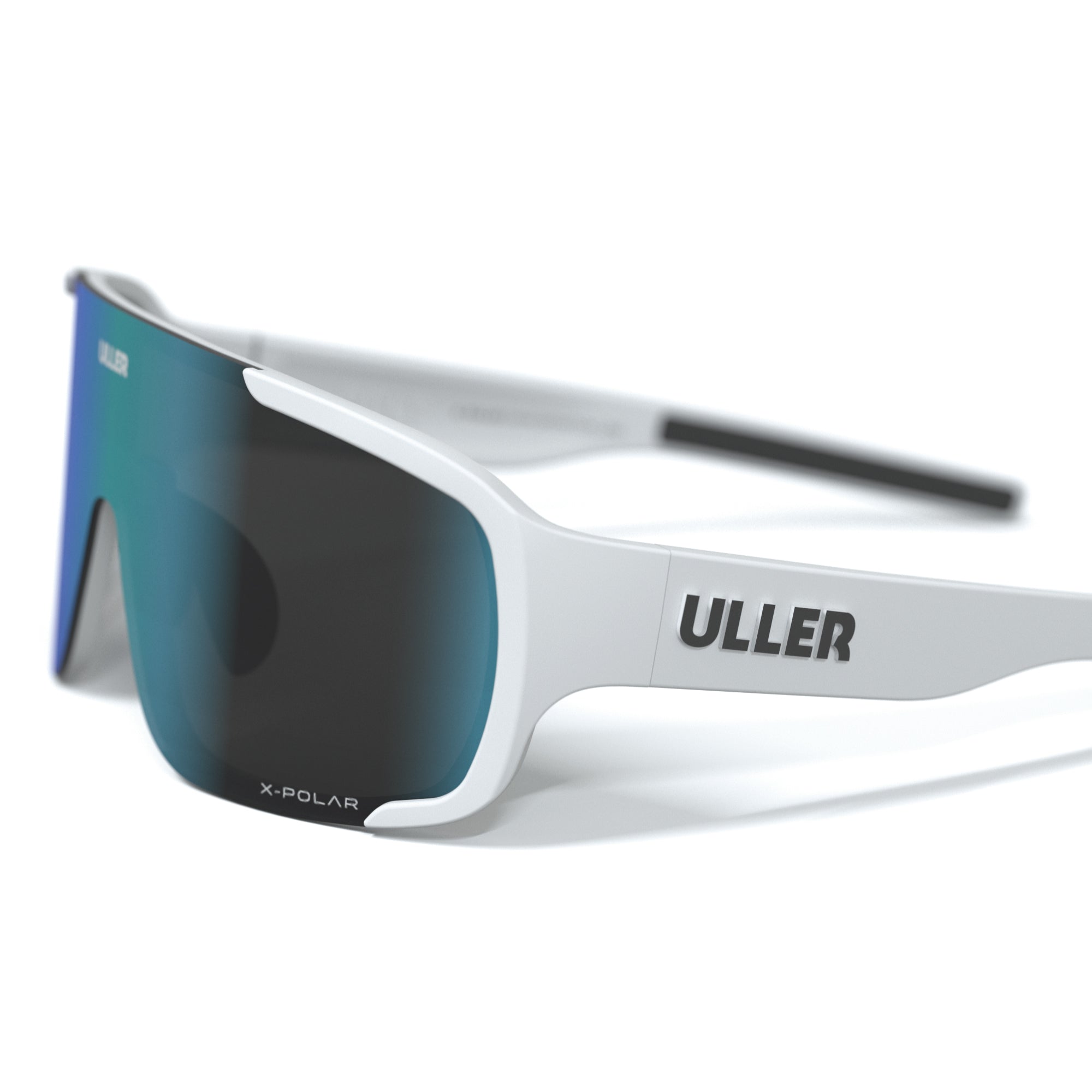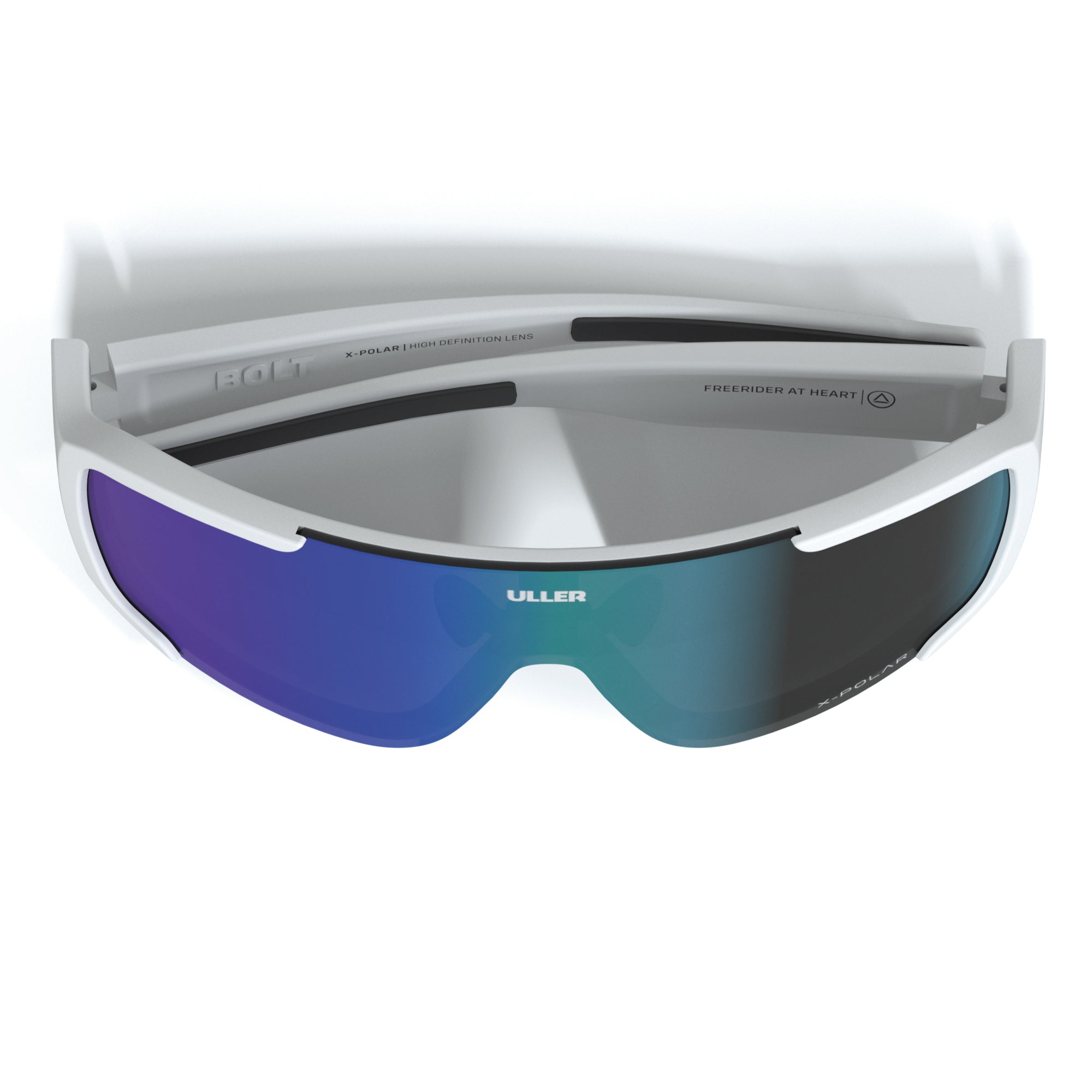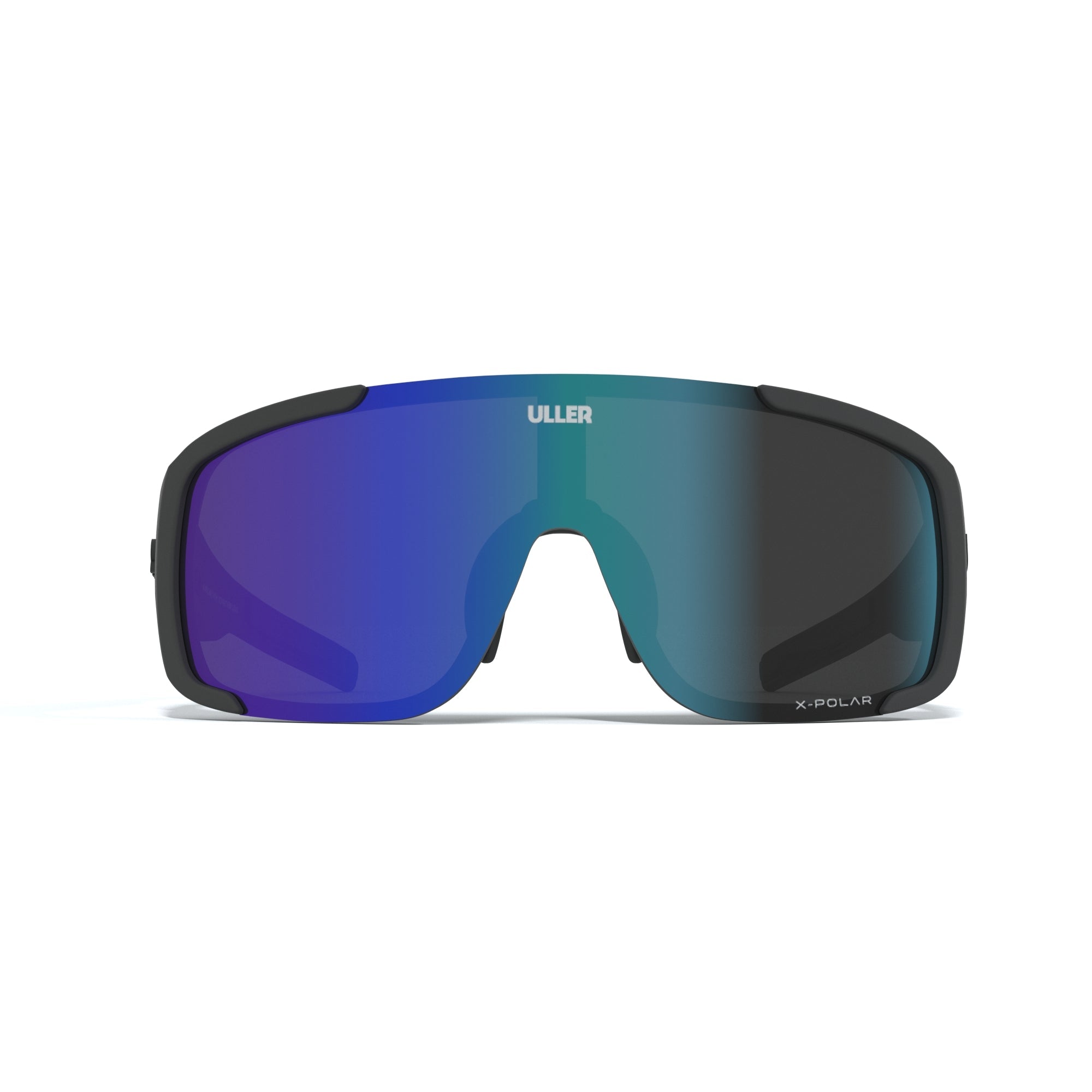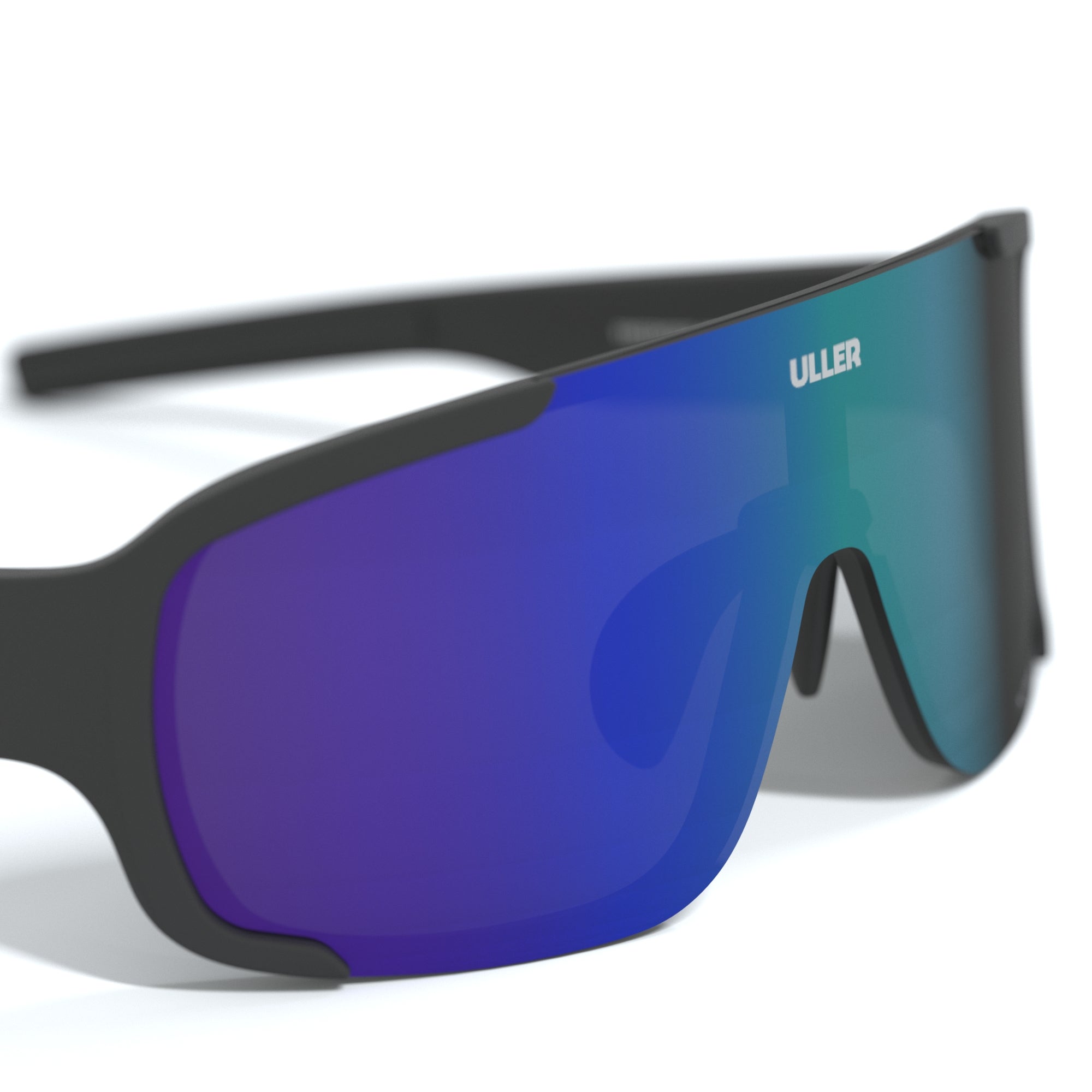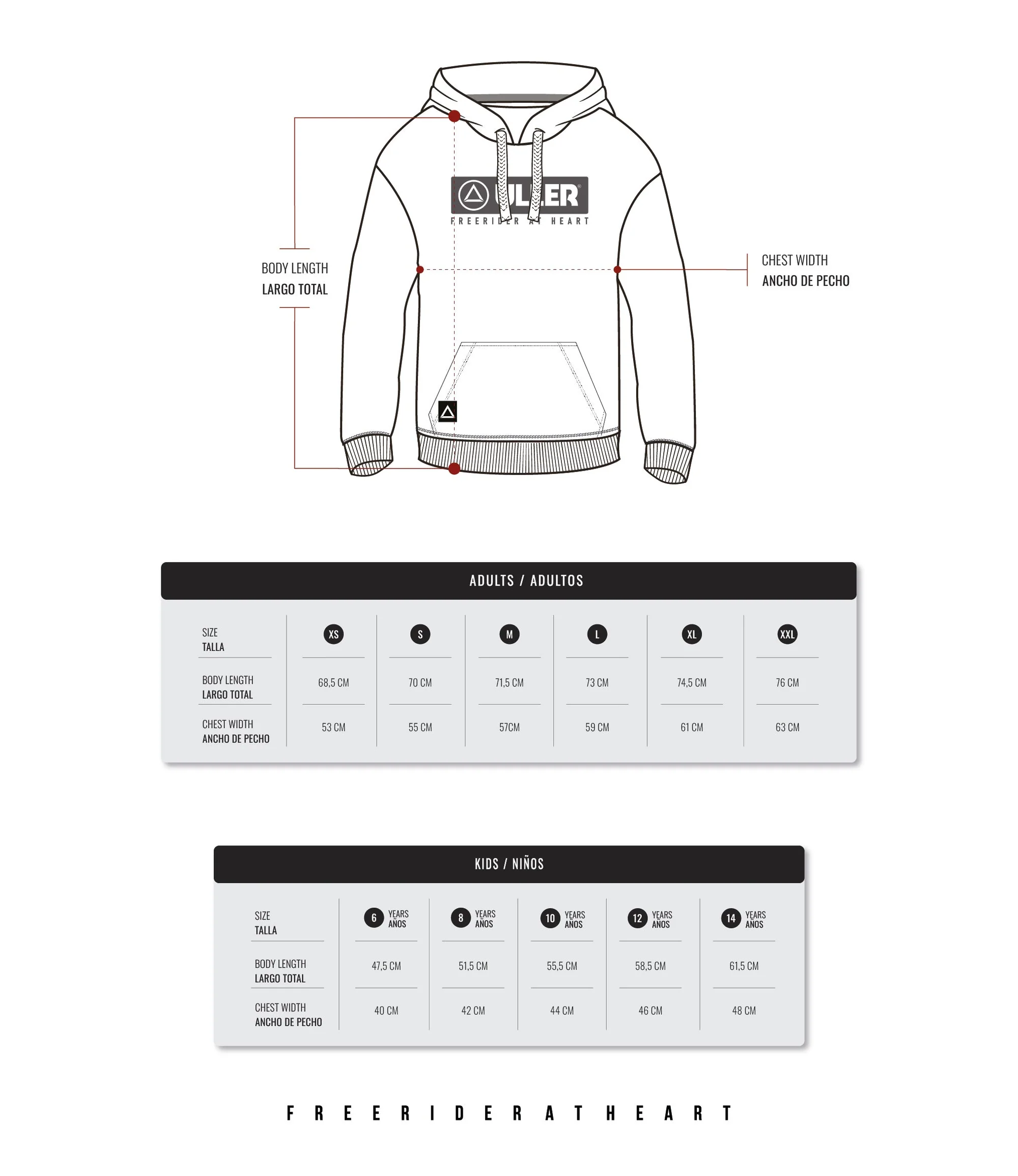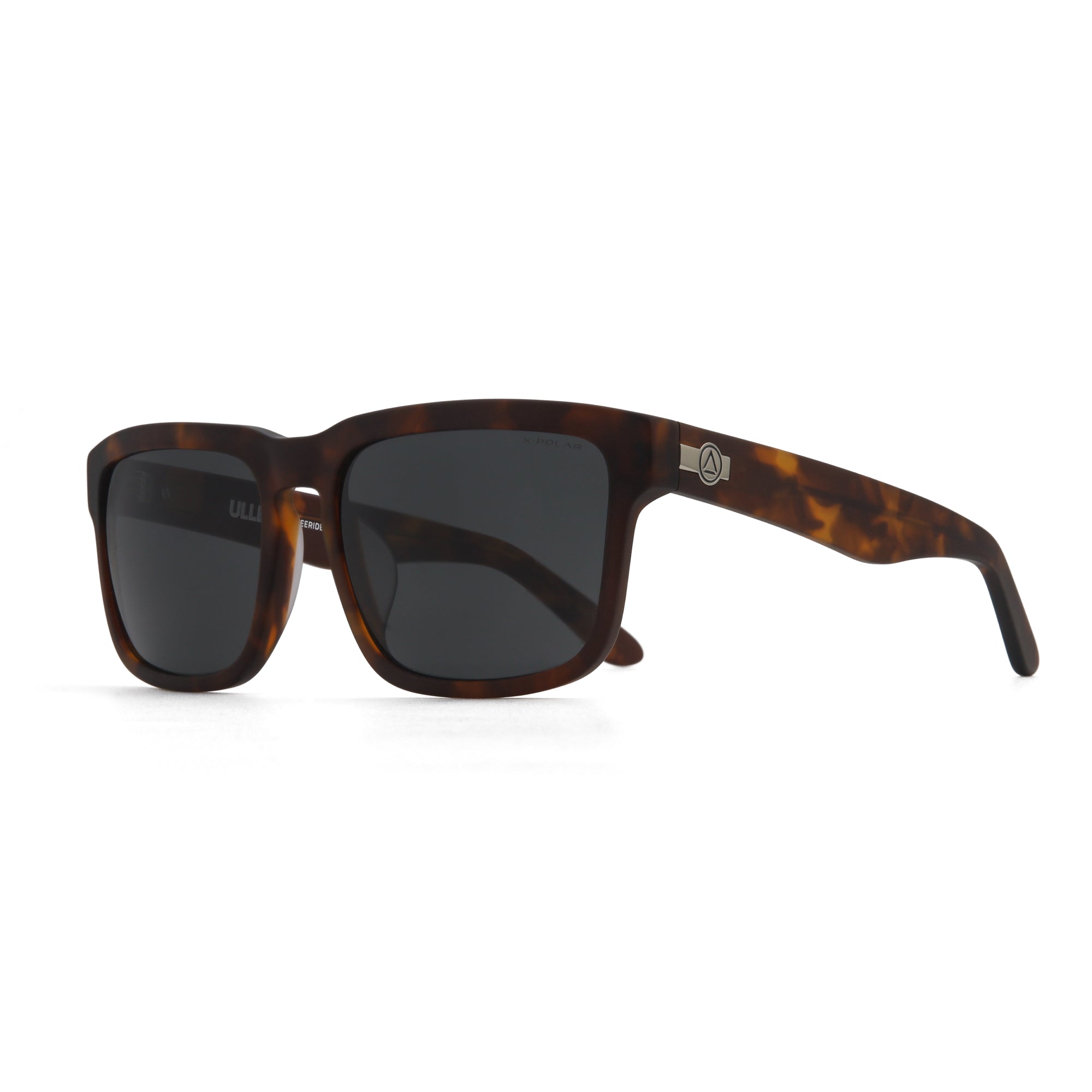The tuna tataki, a gastronomic success of Japanese cuisine, takes Spain by storm, specifically on the coasts of Cádiz
In recent years, Japanese cuisine has become so popular that we are not surprised to see dishes like tuna tataki in the traditional bars of our city. In fact, it has become one of the most demanded products in many places due to its flavor and healthy components.
Tataki as such is a Japanese technique known worldwide that is very far from the Mediterranean practice, so it can be difficult for us to prepare. It consists of putting a thick piece of fish or raw meat on the fire and marking it on both sides. In such a way that you will get the exterior to be sealed and the raw interior. For the red tuna tataki, it will be typical that you coat it with sesame and it can also be marinated or accompanied by some sauce that will give it the perfect touch.

TWO LEGENDS ABOUT THE ORIGIN OF TUNA TATAKI
The origin of the Japanese tuna tataki goes back to the times of the samurais. Legend has it that a famous samurai from Tosa, after seeing some European travelers cook food at very high temperatures, did the same with tuna, thus creating the tataki technique that continues to this day. However, other theories say that it could have been the idea of the fishermen who covered it with herbs to hide the fact that the inside of the fish was raw, since tataki is a product reserved for noblemen.

THE BEST TUNA IN SPAIN
Although the origin is Japanese, the truth is that in Spain we have a tuna that is perfect for making your tataki recipe. It is the almadraba bluefin tuna. The almadraba is a fishing technique that is used on the Cádiz coasts to fish for this type of tuna.
We recognize bluefin tuna by its intense red color of the meat that can even be confused with that of beef. In recent years, tuna has been considered a high-level product and due to its smooth texture it is perfect in all its forms, sashimi, sushi, tartare or tataki. Being so exclusive, its price is usually high, although in reality it is not necessary that we buy very large quantities since the important thing is that it be fresh and tasty.

The most favorable season to get quality bluefin tuna is from April to July. Undoubtedly, the best way to make tataki is to take advantage of the tuna loin since it is the cleanest area with the least fat.
Finally, it should be mentioned that in Spain it is not so easy to find bluefin tuna, especially if you leave the Cadiz coast. Therefore, we can use other types such as yellowfin tuna or white tuna . Products that are also of quality and with which you will achieve a perfect tataki.

BEST RESTAURANTS IN CADIZ
Next, we are going to introduce you to some of the best restaurants in Cádiz where you can see that this tuna is absolutely delicious.
- THE CAMPER
If you travel to Cádiz, the fishing village of Barbate is almost a mandatory stop, where you will find the El Campero restaurant that presents two tasting menus devoted to this product. You also have the option of trying the palate carpaccio, belly sashimi, loin ceviche or tuna shank, which are other of its star dishes.
- THE SEA BARRACK
On the other hand, the Cuartel del Mar restaurant is a wonderful place on the shores of the beach where you can enjoy a first class dinner with views of the Chiclana sunset. Its success lies in the local fishing and the little handled product.
- THE PORT LIGHTHOUSE
In the El Faro del Puerto restaurant, chef Fernando Córdoba is popularly known among fans of Cadiz cuisine and his local cuisine is already a symbol of haute cuisine in the region . A mixture of fish and shellfish that are combined in a creative way in which tuna is of great importance. In his letter we find five or six tuna preparation both raw and hot.
- VIU GASTRONOMIC SPACE
Finally, the Viu Espacio Gastronómico is also located in Barbate and is one of the new promises of Cadiz cuisine with its traditional stews and the dozens of preparations offered by its bluefin tuna. We recommend that you try their descargamento tartare with tomato from Conil or sirloin with whiskey.

TUNA TATAKI FROM HOME
If you have already tried it in restaurants and want to go one step further with tataki, we present four simple steps to do it.
- First, we cut, peel and chop ginger into very small shapes.
- Next, we are going to make the marinade in a bowl with the soy sauce, vinegar, two tablespoons of sugar and mix it all with ginger.
- The third step will be to soak the tuna well with the previous mixture and let it rest for 2 hours.
- Finally, we take the tuna loins and reduce the marinade in a pan over simmer, which will allow it to thicken. Before going to the plate, we will put the loins in another frying pan over very high heat for 10 seconds on each side. You will have your tuna tataki ready and delicious! The art of Japanese gastronomy from your own home, do you dare?

QUESTIONS AND ANSWERS
- WHAT INGREDIENTS DO I NEED FOR THE TUNA TATAKI RECIPE?
The ingredients I need for the tuna tataki recipe are:
- 1 red tuna loin
- 2 tablespoons of sugar
- 60 grams of soy sauce
- 30 grams of rice vinegar
- Fresh ginger
- Sesame seeds
- Extra virgin olive oil
With this you would have everything you need to make the tuna tataki recipe in your own kitchen. Guaranteed success!
- HOW SHOULD I CUT THE TUNA FOR THE TATAKI?
Tataki is usually cut into rectangular pieces called “saku” between 5 centimeters high and 2 centimeters wide. In any case, you can usually ask your fishmonger to cut it for you under these conditions. The normal thing will be to use a slice and since the price of tuna is high you will not need to buy more.
- IS IT NECESSARY TO FREEZE THE TUNA PREVIOUSLY?
If the tuna is fresh, it is recommended to freeze it for 48 hours. The reason for this is to avoid catching a disease such as anisakis, although freezing it for a day in principle is enough.
- WHERE IS THE BEST TUNA IN THE WORLD?
The best tuna in the world is found in the Strait of Gibrartar, which is the transit area for wild tuna.
- WHERE DO YOU FISH THE MOST EXPENSIVE TUNA IN THE WORLD?
The most expensive tuna in the world is caught for the Sushi Zanmai restaurant chain whose tuna weighs about 276 kilos and was caught off the coast of Aomori prefecture in northern Japan.
- WHAT IS THE DIFFERENCE BETWEEN TATAKI AND SASHIMI?
The difference between tataki and sashimi is that sashimi is a raw fish cut in a very precise way to enjoy the flavor of each piece. The difference with tataki is that the protein is marinated before cooking and in sashimi it is not.
- WHAT HAPPENS IF YOU EAT TUNA RAW?
The only danger of eating raw tuna is that you can get infected with anisakis, a parasite that is capable of causing serious illness in humans or symptoms such as abdominal pain, nausea or vomiting. By freezing the product previously we will make sure to avoid this possible risk.
- WHAT HAPPENS IF YOU EAT TUNA RAW?
The only danger of eating raw tuna is that you can get infected with anisakis, a parasite that is capable of causing serious illness in humans or symptoms such as abdominal pain, nausea or vomiting.
- WHAT IS THE DIFFERENCE BETWEEN CEVICHE AND TARTARE?
The difference between ceviche and tartare is that tartare is a recipe that can be used for any food, be it meat, fish, seafood, fruits or vegetables, and ceviche is exclusive to fish and seafood.
- WHAT IS THE CUTTING OF TUNA CALLED?
The quartering of large pieces of bluefin tuna is known as ronqueo. This word refers to the sound that the knife produces when it rubs against the vertebrae of the fish when it is cut. Any tuna is made up of three parts: head, trunk and tail.
- WHAT PART OF THE TUNA IS EATEN?
The part of the tuna that is eaten is the meat around the auditory area, the guts (once they have been cleaned), the heart, which is consumed on the grill, and the liver, which is consumed on the grill or stewed



















